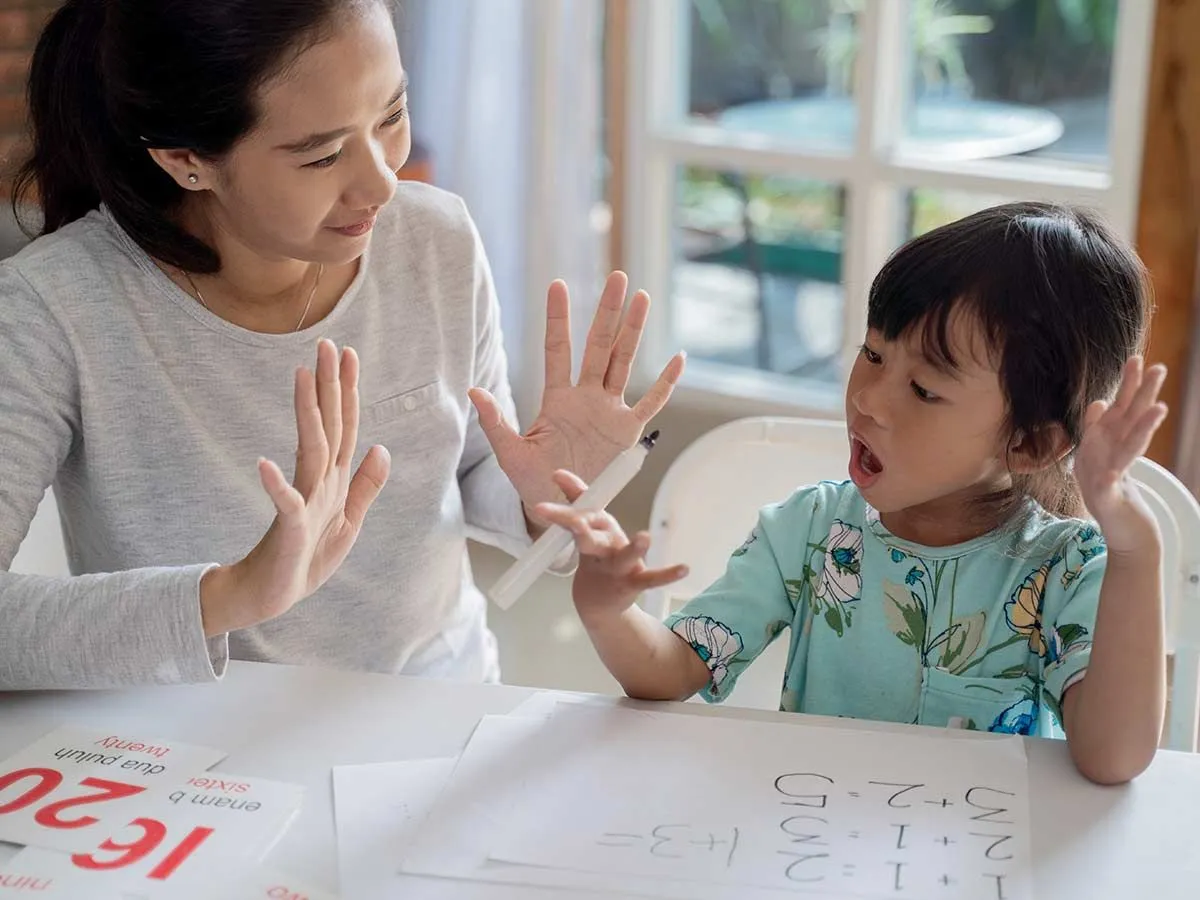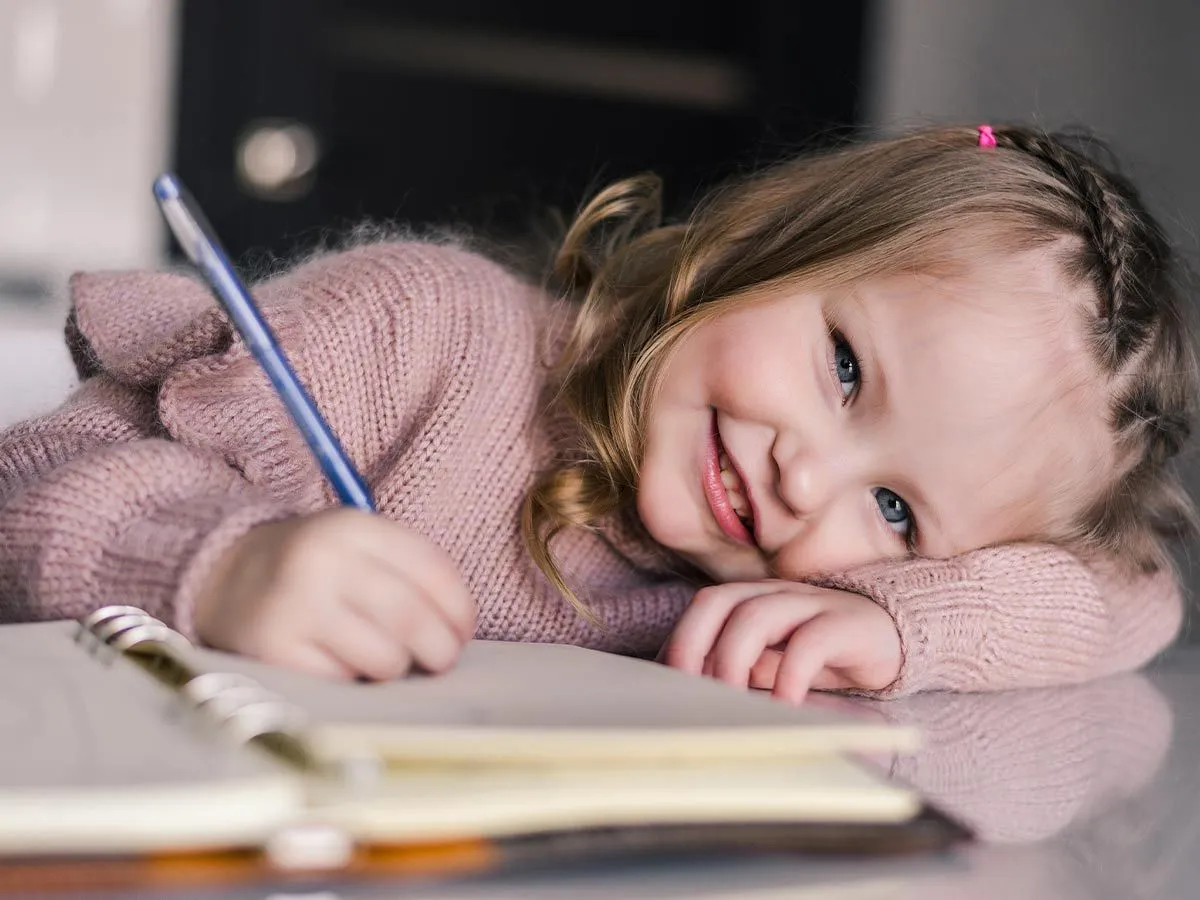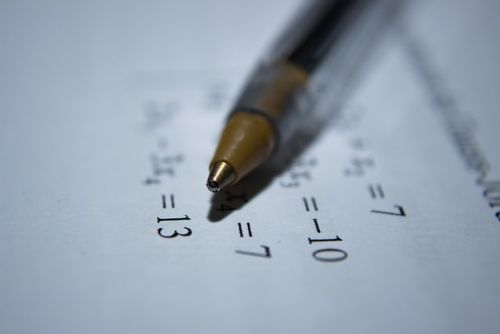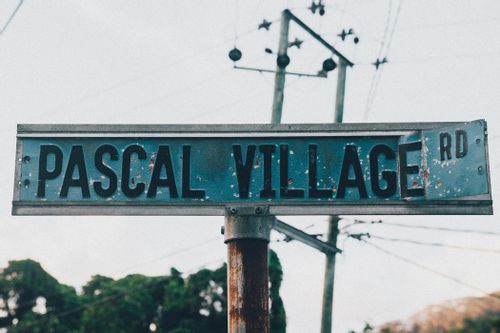FOR ALL AGES
Image © freepik, under a Creative Commons license.
Rounding numbers is a useful skill everyone needs; it can come in handy under many circumstances.
We have pulled together some resources to help you teach your children how to round numbers. Rounding numbers is an important skill for both mental maths and longer, written calculations.
We've put together an outline of the content and some tips to make teaching this topic as easy as one, two, three!
Rounding helps to make complicated equations more simple and also can be used to understand an approximate answer to mathematical problems without having to actually solve the problem.
A rounded number is a more simple version of the original number you are trying to deal with.

When rounding its important to find the digit in the 10's position. This digit will either stay the same, or increase by one.
If the digit in the 10's position stays the same, this is called rounding down, if the number in the tens position goes up by one, this is called rounding up.
For example, Round 64 to the nearest 10.
In the number 64, the 6 is in the tens position.
You also need to look at the digit in the ones position. If the digit is less than 5, you round the number down. If the number is 5 or above, then you round the number up.
You can also call this four to the floor, five to the sky!
So within this example, 4 is in the ones position and so the number 64 rounds down to the nearest 10. This means that if asked:
Round 64 to the nearest 10.
The answer is: 60
This applies to larger numbers. For example, round 115 to the nearest 10.
The answer is: 120.
Getting the hang of rounding to the nearest 10 helps children apply this later. When rounding numbers up which are decimals, or large numbers, they can use the skills they learn when rounding to the nearest 10.
Very similar rules apply to rounding a number that is 100 or greater.
For numbers 1, 2, 3, 4 or 5 we round down.
For numbers 5, 6, 7, 8 or 9 we round up.
For example, when rounding the number 423 to the nearest 100, we are looking at the tens number only.
So in this example, because 2 rounds down, 423 rounds down to the nearest 100 with is: 400.

Rounding decimals can seem more complicated compared to rounding a whole number. However, rounding decimal numbers is a common way we think about money and buying things.
The same rules apply:
For numbers 1, 2, 3, 4 or 5 we round down.
For numbers 5, 6, 7, 8 or 9 we round up.
Except with decimal numbers, we are looking for digits in the tenths, hundredths and thousandths positions. Children may be shown rounding to the nearest value in those positions, or to the nearest whole number.
Example: Round £7.99 to the nearest whole number.
Answer: £8.
Example: Round £12.52 to the nearest tenth.
Answer: £12.50
One way to help children make sense of rounding is by using number lines.
For example: Round 221 to the nearest 100
You can use a number line to show this:
200, 210, 220, 221, 230, 240, 250, 260, 270, 280, 290, 300
This way children can see that 221 is closer to 200 than to 300 and so if you are rounding to the nearest 100, you are rounding down.

Another way to do this is to draw lines within the numbers to show children where to focus.
For example:
Take the number 914 and try rounding to the nearest 10.
91/4 (4 is less than 5)
This means that we keep the 1 in the tens column.
Answer: 910
If you need some inspiration for home learning, we have got some great ideas.
Year 3: Introducing your child to rounding to the nearest 10 can be a good place to start. Using visual resources can be very helpful. You may need pens and paper to make colourful, fun resources.
Year 4: Rounding numbers to the nearest 10 and 100 is usually the focus of these lessons. Children may also be introduced to rounding decimal numbers. There are plenty of fun online games to get started with.
Year 5: Pupils often deal with more complicated equations where they have to focus on one digit at a time whilst still trying to do rounding to the nearest named value. Using real life examples with money can be a relatable way to talk about the rounding of numbers.
Year 6: You can use SATS style questions and cater them to the student's ability and confidence. If you need some inspiration to make exam questions more engaging, try singing the questions to each other!
Read The Disclaimer
At Kidadl we pride ourselves on offering families original ideas to make the most of time spent together at home or out and about, wherever you are in the world. We strive to recommend the very best things that are suggested by our community and are things we would do ourselves - our aim is to be the trusted friend to parents.
We try our very best, but cannot guarantee perfection. We will always aim to give you accurate information at the date of publication - however, information does change, so it’s important you do your own research, double-check and make the decision that is right for your family.
Kidadl provides inspiration to entertain and educate your children. We recognise that not all activities and ideas are appropriate and suitable for all children and families or in all circumstances. Our recommended activities are based on age but these are a guide. We recommend that these ideas are used as inspiration, that ideas are undertaken with appropriate adult supervision, and that each adult uses their own discretion and knowledge of their children to consider the safety and suitability.
Kidadl cannot accept liability for the execution of these ideas, and parental supervision is advised at all times, as safety is paramount. Anyone using the information provided by Kidadl does so at their own risk and we can not accept liability if things go wrong.
Kidadl is independent and to make our service free to you the reader we are supported by advertising.
We hope you love our recommendations for products and services! What we suggest is selected independently by the Kidadl team. If you purchase using the buy now button we may earn a small commission. This does not influence our choices. Please note: prices are correct and items are available at the time the article was published.
Kidadl has a number of affiliate partners that we work with including Amazon. Please note that Kidadl is a participant in the Amazon Services LLC Associates Program, an affiliate advertising program designed to provide a means for sites to earn advertising fees by advertising and linking to amazon.
We also link to other websites, but are not responsible for their content.
Was this article helpful?



Browse Category



We’ll send you tons of inspiration to help you find a hidden gem in your local area or plan a big day out.



Check your inbox for your latest news from us. You have subscribed to:
Remember that you can always manage your preferences or unsubscribe through the link at the foot of each newsletter.